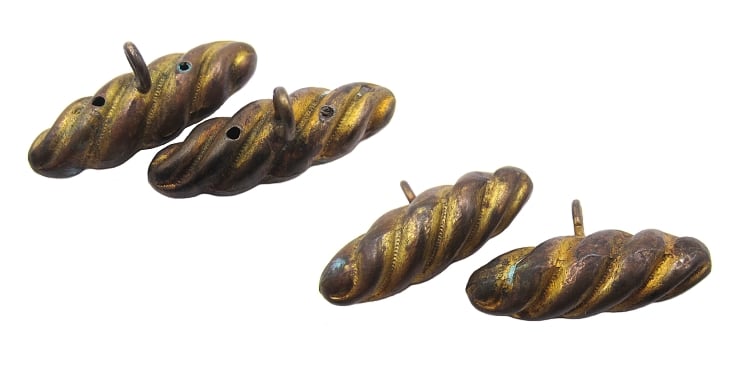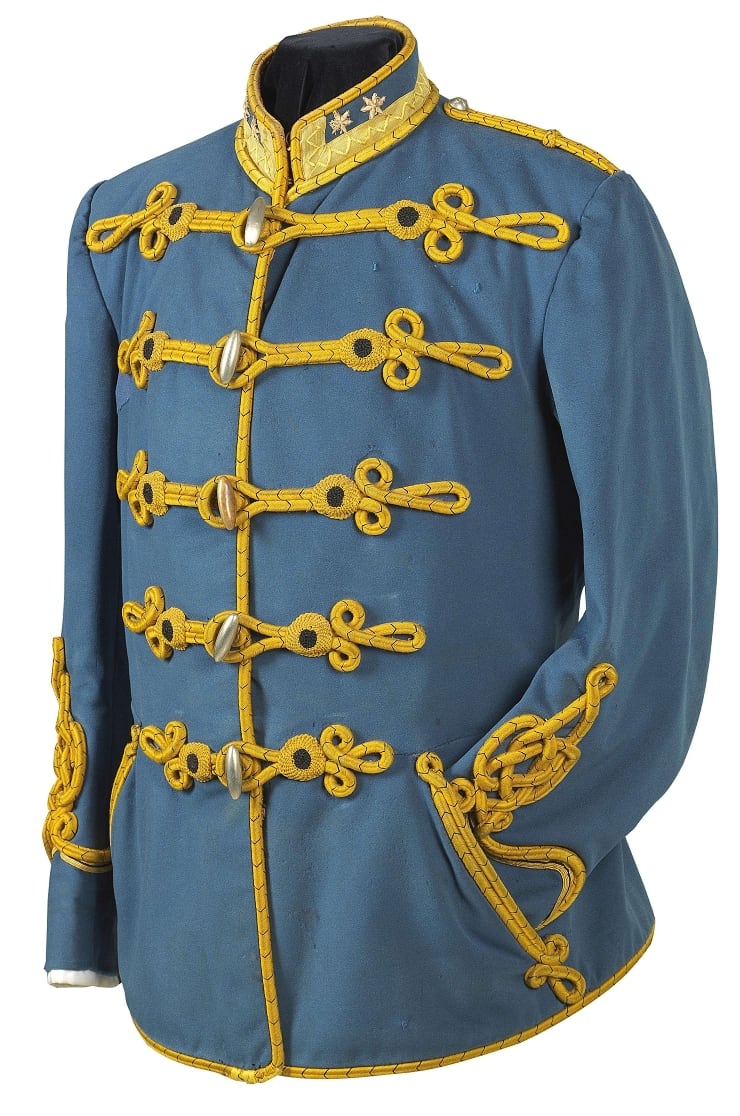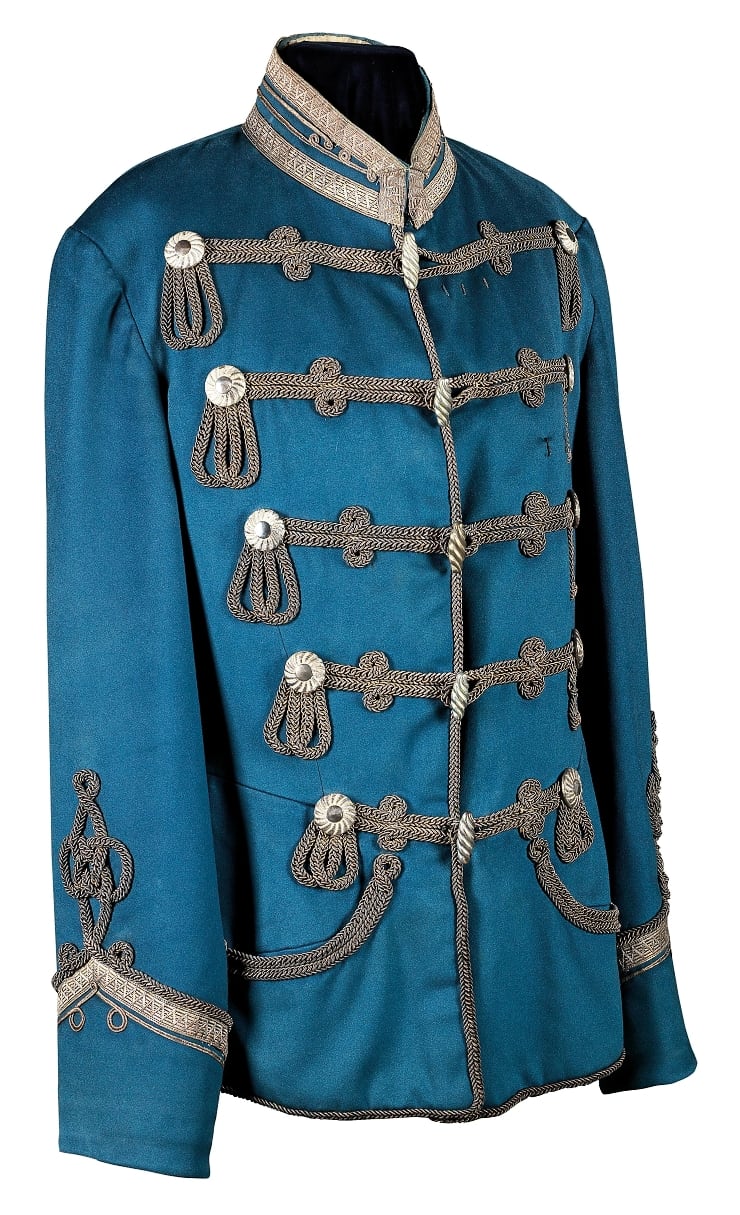Díky za info 
Hussar
Categories: Years of war and revolution
The hussars are known as a type of cavalry used by several countries ... but how and where did they originate? The hussars originally originated as members of Matthias Korvin's army, specifically as members of his bodyguard. Later they were transformed into light cavalry, which was later used by several countries such as Russia, England, Denmark, France, Prussia, ...
But the beginning was in Hungary, where the cavalry boom came mainly during the anti-Turkish wars as a reaction to the Turkish cavalry. Their clothing was different, since uniforms as we understand them did not exist. Rather, it was a practically modified civilian garment that served as a military sat. Later on, the outfit was changed according to how much money the regimental owner spent on their outfit. If he bought a kilometre of white cloth, they had white coats The regimental owner of course tried to differentiate his soldiers and so they had, for example, white coats. Palffi's hussars were a combination of green and blue.
The owner of the regiment was the one who received a patent from the Emperor to recruit the regiment. If he wanted to, he could be the commander, but he didn't have to. He could have hired the commander. Colonel was a position, not a rank. Ranks actually evolved from functions. It wasn't until Maria Theresa's time that a uniform was introduced with
that there was some variation within the hussars. The institution of regimental owners lasted until the First World War. It was only nominal and had a rather symbolic meaning, because each regiment was part of the Habsburg army.
Hussars never wore green trousers ... why? Hungary fought the Turks in its southern territory for almost two centuries and green was taken as the sacred colour of Islam. Tradition had it that whoever the Turks caught wearing green trousers was put on a stake. The colour of the caka, or cap, was combined with the colour of the doloman, which was a military coat decorated with snarls, and from 1772 the four possible colours of the hussars' uniform - dark blue, light blue, dark green and light green - were introduced. Red trousers were worn with the green uniform and every hussar had to wear fusiliers according to the ancient custom.
If we look at the regulation of 1772, which deals with the coat, we can also notice the drawing of the buttons. There were actually two kinds ... spherical and semi-spherical. The round one was used to fasten the coat. These knob patterns are also recorded in the regulations of 1798 and 1821. So the knobs were not changed during this period. In the later period, the shape of the buttons changed and the spherical shape was replaced by the proverbial olive. The semi-spherical knobs were replaced by a small circular rosette in the shape of a flower.
The hussars of the French kingdom are an interesting episode. The first hussars of the French army were Hungarian deserters and deserters from the imperial cavalry. In the reign of Louis XIII they formed irregular units and
if we refer to the chronicles of the time, quite undisciplined. Brutal and primitive horsemen who were used for surprise actions in the enemy's rear = raids, ambushes and attacks on enemy convoys. Ludovit XIV tried without much success to create his own hussars in regular units, but without much success. Discipline, however, was not the lot of these rough fellows. Rough in the fire of war, of course, but unable to follow the rules that were
in force in the Royal Army at the time.
It was not until the Regency, under Louis XV, that regiments of hussars of that name were formed, thanks to the fact that more and more Germans joined their ranks alongside the Uhlans.
It was natural that the task of forming such regiments should be entrusted to leaders who, according to tradition and atavism, knew perfectly well all those partisan actions which the light cavalry was to perform. This form of warfare was little known in France at that time, and therefore most of the first
colonels of the hussars were chosen from among the Hungarian nobles who had emigrated to France, such as RATTSKY, BERCHENY and ESTERHAZY.
If I have written some inaccuracy, feel free to fill me in .. after all, it is a broad subject. Alternatively, if you have any constructive knowledge about the buttons used in this type of troops
Dikes!
Milan















The article is included in categories:
Post
https://prnt.sc/TZae4pXC8Moz
myslíš že tento je taky husarský?
@Zubr121 - ee nie je to husar. Ten gombik z odkazu je modna zalezitost ... vyskytuju sa hlavne v regionoch Zapadneho Slovenska a Moravy.
ok díky 
https://cz.pinterest.com/search/pins/?q=husar%20attila
https://cz.pinterest.com/pin/211174967503398/
Těch šišatejch/vroubkatejch jsem už pár kopl
Dobrá práce, Milane 
Výtečné!👍👍👍
Hezký článek. 














